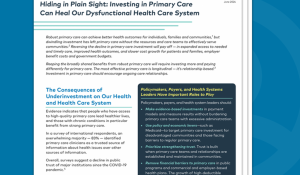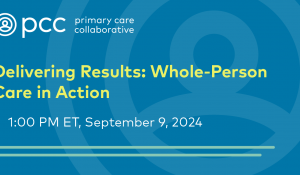You are looking at an archived version of our site. Please visit thepcc.org for a fresh, new experience!
You are here: Array » Life expectancy has in ...
Life expectancy has increased in the past century, but so have health woes for the elderly
In 1900, the average life expectancy in the United States was just 47.3 years. Today, it is 78.6, according to the Centers for Disease Control and Prevention, and many people will outstrip that average.
But is that advance really worthwhile if it only means more time feeling old and infirm? In a feature article online and in the May 20 edition of the New Yorker, Adam Gopnik talks to researchers and innovators trying to make old age feel younger.
It’s a tricky paradox: More life doesn’t necessarily equate to more youth. And as Gopnik reports, senior citizens actually hate products that could improve their lives but are clearly designed for older people.
To understand which of those kinds of products might make quality of life last longer, Gopnik went to MIT’s AgeLab, where researchers study aging people and come up with ways to let them stay active and healthy longer.
There he finds the paradox in full swing.
“The most effective way of comforting the aged, the researchers there find,” he writes, “is through a kind of comical convergence of products designed by and supposedly for impatient millennials, which secretly better suit the needs of irascible boomers.”
Recent News
August 16, 2024
August 12, 2024
July 16, 2024
Congrats to @MilbankFund on its 100 year anniversary and terrific journal issue dedicated to population health. As… https://t.co/c1hjtHhv8Q —
2 years 2 months ago
Join us Thursday at 1pm ET to learn how primary care powers the most successful ACOs. Research from Wakely Consulti… https://t.co/KCopX3EMtw —
2 years 2 months ago
RT @NAACOSnews: Check out our latest blog post, coauthored by @PCPCC, encouraging @CMSGov to implement a hybrid #primarycare payment model… —
2 years 2 months ago
Secondary menu
Copyright © 2024 Primary Care Collaborative




